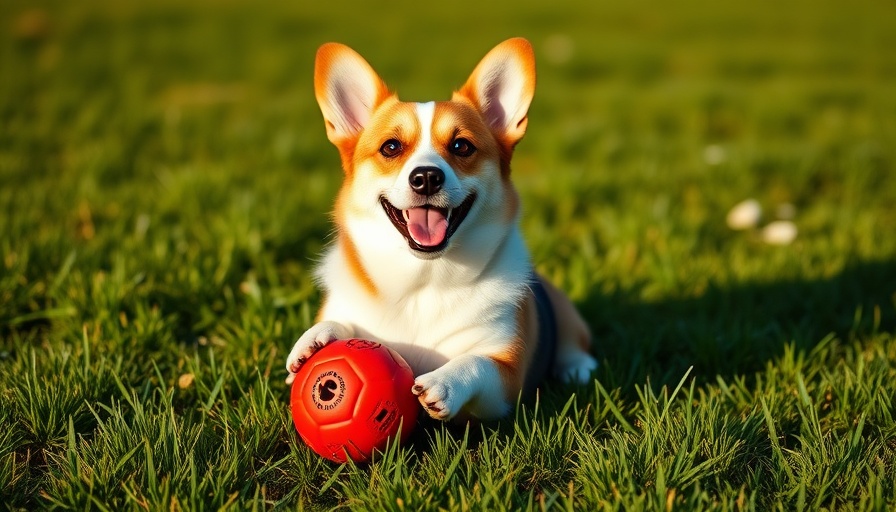
Understanding the Health Risks of Dirty Dog Toys
As dog owners, we often focus on providing our furry friends with enjoyable playtime, but have you considered the hidden dangers lurking in your dog's favorite toys? Research shows that dog toys can be a hotbed for germs, including yeast, mold, and harmful bacteria such as staphylococcus. In fact, these toys have been ranked as one of the top ten germiest household items. Given how much dogs love to chew and slobber on their toys, it's not just our pets at risk; this bacteria can transfer to humans, particularly if your dog is a frequent kisser. This makes maintaining clean toys just as essential to your dog’s health as their regular vet check-ups.
When to Toss and When to Clean: Key Indicators
Recognizing when a toy is past its prime can be a life-saver—not just for the toy itself but for your dog's safety. Signs that a toy should be thrown out include: when it has missing or chewed-off parts, when stuffing or squeakers are exposed, or when you notice tearing that could lead to sharp edges. Toys that continue to retain a bad odor after cleaning should also be reconsidered, as such smells often signal the presence of harmful bacteria. Always remember: replacing a toy is far less expensive than an emergency trip to the vet.
Frequency and Methods of Cleaning
How often should you tackle the cleaning task? It largely depends on how frequently your dog interacts with that toy. For well-loved toys used every day, weekly cleaning is ideal; for outdoor toys, rinsing them after every play session is wise to prevent dirt and moisture accumulation. Cleaning methods vary based on the material type:
- Rubber Toys: These can typically be washed in the dishwasher or scrubbed with a warm soapy solution.
- Plush Toys: Soft toys may require more gentle cleaning; consider handwashing with a vinegar solution to prevent dampness that leads to mold.
- Rope Toys: These should be boiled for thorough sanitation, which helps eliminate hidden germs.
Pet-Friendly Cleaning Solutions
When cleaning, it’s crucial to use pet-friendly products. Harsh chemicals can pose serious health risks to your dog. Instead, consider natural cleaning alternatives like:
- Vinegar: Mix equal parts of water and white vinegar for a powerful disinfectant.
- Baking Soda: A sprinkle can help deodorize toys effectively.
- Boiling Water: This is particularly effective for rope and plush toys that can withstand high temperatures.
The Emotional Aspect of Playtime
After all, toys are not just objects; they're companions in your dog's many adventures. Each chew, slobber, and tug is a story of joy and engagement. By ensuring these toys are clean and safe, we contribute to our dogs' happiness and health, reinforcing the bond we share with them. A clean toy encourages a risk-free play environment and extends the life of those cherished treasures.
Conclusion: Your Call to Action
Dog owners, the importance of clean dog toys cannot be overstated. A little diligence in maintaining your dog's playthings can protect their health and contribute to a joyous, fun-filled play environment. Start implementing a cleaning schedule today and watch not only your dog’s toys shine but also ensure their well-being. By seeing to their hygiene, you demonstrate love and commitment—values all pet owners strive for. Remember, a simple act like washing a toy can make a world of difference.
 Add Row
Add Row  Add
Add 




Write A Comment